Game companies are always looking for ways to make games cleverer. Well, besides EA. And Epic Games. And Gearbox. And-
Game companies are always looking for ways to make games cooler. One way to do this is to dabble with the mighty powers of time and space, finding ways to manipulate and twist the usual laws that govern such things to create brand new exciting, challenging and innovative interactive paradigms and other meaningless promotional jargon. This is part one of a two-part series of blogs on the space-time continuum in video games.
Using the passage of time - both as it ticks along normally and as a plaything to be screwed around with at will despite the apocalyptic risks - are increasingly becoming common things in vidya as games become more sophisticated (and more consoles have built-in clocks, which can also help.) Because this also allows me to do my usual "tie in the blog with a video game I played this week" (in this case Ocarina of Time 3D), here are seven different ways video games have used time. Originally I was going to see if I could hit 12 (because hours) or 60 (because minutes) or 88 (because some serious shit), but those numbers are all too big and I have more games to play. I use that excuse every week. So sue me.
As a Setting
First thing everyone thinks of when you talk about time in fiction is the notion of time travel. One or more characters, usually either a Victorian-era professor or a Californian teenager (you know, the two groups that provided some of the most important thinkers in history) use a time machine to visit different periods of history for adventurous and educational purposes. Video games in particular are no strangers to this highly popular science-fiction setting.
Highlight Game: Chrono Trigger
Chrono Trigger is perhaps the most beloved time-travel video game ever made. That's right, I can just say things like that at random and expect people to accept it as gospel. Welcome to blogs? CT follows the adventures of the mute Crono; cute nerd Lucca; cute princess Marle; cute savage Ayla; cute frog knight Frog; cute robot Robo and cute world-annihilating alien parasite Lavos. Players travel to and explore different time eras like they would with different continents in any other JRPG. It has fun playing around with the time-travel feature too, creating scenarios where you have to ensure the existence of a major character (by making sure to rescue her ancestor), ensure the existence of mankind in general (by helping the earliest humans defeat their more-advanced reptilian rivals) and ensuring that life will continue beyond the Day of Lavos (oh, Lavos! What mischief will you get into next?)
See Also: Chrono Cross (like Trigger, but completely incomprehensible), Back To The Future (the Telltale games ones, not those awful NES licensed ones) Where in Time is Carmen Sandiegio? (this is a real game?)
As a Life-Preserving Tool
Time manipulation is one of the more interesting newcomers in the field of "helping players not die so often at video games." Historically, these boons have included: Extra lives, continues, "Easy mode", regenerating health, making the games only 5 hours long and letting Luigi very slowly beat the stage for you because you are no longer a man. Time manipulation, at the very least, makes undoing something you just did wrong, or slowing the bad guys down because they're moving too fast and they have mean faces and it's scary, seem less pathetic. It has that whole "whooooosh" blurry slow-down effect too. It's just neat, as long as you don't worry about how much you suck. I know I don't when writing these blogs! (Whoooa, going meta again!)
Highlight Game: Prince of Persia: The Sands of Time
Perhaps the most important leap in using time manipulation as a feature in modern video games is the first 3D Prince of Persia. Not that atrocity, just so we're clear, but rather Sands of Time. The Prince is able to rewind time (to prevent an unfortunate accident), fast-forward time ("To skip all of Farah's nagging, am I right fellahs?" - A Comedian) and slow down time (see also: Matrix Payne bullettime) as the situation calls for it. These powers are constantly useful and helps ease the fast-paced and complex (and occasionally time-sensitive) acrobatic gameplay, which might otherwise cause endless Game Overs. One sometimes wonders if Jordan Mechner created the time rewinding mechanism to simply assist players in their attempts to not die so often (like they did by the truckload with his rotoscoped classic original), accidentally creating a whole new avenue for future games to explore in the process. Yeah, and maybe he made the original to raise public awareness of how many fatal accidents are caused by spike traps per year. Yo, I'm thinking it's cash here, folks.
See Also: TimeShift (all sorts of generic sci-fi shooters are into this feature), Blinx: The Time Sweeper (yeah, the time cat. Meow), Braid (pretty much the apex of both time-manipulation games and whiny narratives about stalking your ex-girlfriend's nuclear missiles or something.)
As a Challenge
Probably the oldest and commonest use of time in video games is as a challenge-based limitation. Giving players a fixed length of time to complete a goal creates an impetus for the player to get on with it, instead of sitting around twiddling their thumbs (see what I did there? It's controller humor, you guys. No, screw you.) Time limits have been, to various degrees: the worst thing ever, something you barely notice, an interesting way to revitalize puzzles and scenarios after first beating them without the time limit, a way to reward players for their quick skill and an easy solution for when the deadline for the game is coming up and there's still 200 achievement points left to assign (and you don't have a multiplayer mode to hatefully drop them in, because most players won't care? No, of course they won't.)
Highlight Game: Super Meat Boy
Honestly, it was hard to narrow down a game for "games that use time limits." I ended up using Super Meat Boy because its whole A+ Par Time feature is a major part of its "difficulty can be fun!" mandate. Getting par times is crucial for unlocking half the stages in the game, and an obvious glass ceiling to those who perhaps shouldn't be playing such stressful, masochistic games. I'm not going to be condescending again here, because I could never beat the game myself. It's a whole different tier of challenge which I'll grudgingly leave to young people and asians. That's racist. Wow, actually pretty overtly racist even. That's not cool. I'll leave some asterisks here so I remember to go back and delete that. * * * * *. There.
See Also: Well, gee, how about almost every racing game, sports game, classic 2D platformer and quick-reaction puzzle game for starters? I have no idea where all this sarcasm is coming from, I think I woke up too early today. I'm so sorry, you guys! Huuuuugs!
As a Big Ol' Reset Button
To continue with the previous section: Games have used time limits since forever, and not always in a way people might find relevant or fun. Modern games have decided to make jokes at their expense and have created situations where you aren't expected to beat the game in anything like the amount of time they give you. As such, players are instead given the option to reset to the beginning of the time limit, keeping various benefits earned during their previous playthrough, and have another shot at it.
Highlight Game: Half-Minute Hero
Beating a JRPG in 30 seconds is insane, right? Most people couldn't beat a slime in that time, even if they were to draw near really really fast. What Half-Minute Hero does to help those people out is make the combat automatic (you're just a dude with a sword after all, no need to force player to hammer the attack button) and reverse time with an increasingly pricey cash sacrifice. The Goddess of Time is into shiny things, as she'll be happy to inform you. Each stage in the game plays more like a puzzle - you must find a way to reach the boss, level high enough to take them out and acquire as much equipment and treasure as possible before being able to reverse time becomes too expensive. There are other modes too, one with a slave-driving princess and another with a broody vampire anti-hero known only as "Evil Lord" (calling him Vincent or Alucard or Psaro would've been too obvious, I suppose.)
See Also: Legend of Zelda: Majora's Mask (relevant, given today's news about a possible 3D treatment), GrimGrimoire (I mention this game a lot on here, despite hating it. Weird), Breath of Fire: Dragon Quarter (the game doesn't mention reversing time, but there's certainly a lot of resetting.)
As a Puzzle Solution
Adventure games often have the most obscure solutions to puzzles. In the olden timey days (of which I am clearly an expert) this was because there was only ever one solution to a situation coded into the software, which was selected at random by the game designers after taking a specific amount of hallucinogens. And this was how text and graphic adventure games continued for a long while, until eventually hallucinogens were banned and hint systems and the like were encoded into the easy-peasy adventure games of today. Moving towards slightly more relevant territory: Some of these games had time-travel and cleverly forced you to think in the fourth dimension to solve some puzzles, including one classic LucasArts game in particular:
Highlight Game: Day of the Tentacle
At a certain point of the Day of the Tentacle, the three heroes are split between three separate periods of history all still within the mansion and its surrounding environs: Metal rocker Hoagie is in colonial times, surrounded by future presidents as they prepare to sign some piece of paper which I guess is important to Americans; Archetypal every-nerd Bernard is in the present, during an ill-timed convention of obnoxious inventors that he wants to stab to death; The lovely and possibly insane Laverne is in the future, a world under the yoke of the tyrannical eventual-conqueror Purple Tentacle. Items found in one period are often needed in another, and while most can be transferred via flushing them down a time-traveling commode (just because), several require some additional thought: A character that needs vinegar might hide wine somewhere where a future character can find it, or freezing a living creature (like a poor hamster, say) will preserve it across the time period.
See Also: Time Gentlemen, Please! (Another humorous time-traveling adventure game - clearly inspired by DoTT - and the sequel to Ben There, Dan That!), Legend of Zelda: Ocarina of Time (chiefly stuff like planting those seeds, beating the first half of the Spirit Temple or the headscratchingly paradoxical acquisition of the Song of Storms), Legend of Zelda: Oracle of Ages (more Zelda, huh? After Ocarina, I guess they all stared doing the time warp. Again), Dark Chronicle (the Georama half of this game deals with "make X like this so it becomes Y in the future" puzzles) and Ghost Trick ("go into the past to change the future" puzzles. Thanks to BeachThunder for reminding me of this (and that I have to play it.))
As a Weapon
While I covered how time manipulation can be used as a tool, I neglected to mention how some games are able to weaponize that shit. Manipulating your own timeline is all well and good, as long as it doesn't involve grandmas and "gettin' nasty in the past-y", but manipulating someone else's can be downright deadly. Several games provide ways to truly ruin someone's day with time-based weaponry.
Highlight Game: Singularity
Singularity eventually provides the player with a gun that does for time what the one in Half-Life 2 did for physics: Turns it into your bitch. Ostensibly used for fixing dilapidated fixtures and items by reversing the entropy that caused them to break (making a collapsed staircase good as new so you can use it, for instance), you can also point it at an enemy and Nazi-sympathizer-rich-guy-at-the-end-of-The-Last-Crusade them into skeletony oblivion by fast-forwarding that same entropic effect. The game wisely limits how often you're able to pull this off in a short time period, since it is brutal. Singularity's full of interesting shit like that, so go check it out if you can tolerate the slow start and the many ways it rips off Bioshock.
See Also: Any Final Fantasy game with Time Magic. Depending on which FF you're playing, "Stop"-ping enemies while "Haste"-ing your own team can be a real gamebreaker. I should also give an honorable mention to Mortal Kombat's hilarious griefing tool Babalities, which totally count as using time as a weapon.
As a Constant Reminder of Our Own Mortality
Well, this is a dour note to end this article on. Games, especially those of a slightly more artistic narrative bent, like to bring up how time can change so much, throwing out clues to ancient civilizations not totally dissimilar to our own, which were brought to ruination either by their hubris or their lack of environmental awareness. In case a blue dude in a green mullet wasn't enough to teach the kids about why it's a bad idea to litter, or leave the TV on, or create a toxin that turns turtles into ninjas. I'm confusing my early 90s cartoons, apologies. Point is, games will often use the passage of time to teach us lessons, or simply have a little fun with the endless cycle of life and death.
Baten Kaitos: Eternal Wings and the Lost Ocean
A strange part of of Baten Kaitos' unusual card-based inventory system is that certain items, when left unattended, will age into different forms in real-time. Some fruit items will ripen, changing from inedible projectile weapons to juicy health restoratives to gross goopy diarrhea-causers. Wood will fossilize, metal will rust and all manner of items will change, for better or worse. It can be an interesting feature, as long as you're vigilant and feeling experimental.
See Also: A famous example of this sort of thing is the secret way of causing Metal Gear Solid 3's The End's, well, end. As an extremely elderly man, all one needs to do is wait seven days after starting his boss fight (by changing the console's clock or just doing something else that week) and the guy simply dies of old age. Oh Kojima, you rascal. Here's some other games with real-time, and what happens when they're left unplayed too long: Animal Crossing will start to resemble a creaky ghost town where everyone's forgotten your name. Your Nintendog will starve to death (not really.) Your Sims character fills their house with pee and garbage and dies from a disease that was last deadly in the 18th century. Your Fable character will slowly age and wither, losing everything they hold dear to a vindictive antagonist (but at least there's farting for some levity!) Real-time features are so much fun!
Well guys, there are the words that indicate the blog is done. Do you know of any further uses for a time mechanic? Dish 'em out below, by all means. I'm going to spend some of my finite time on this Earth, with all its marvels and treasures, checking out the contents of my fridge for edibles. Wish me luck?
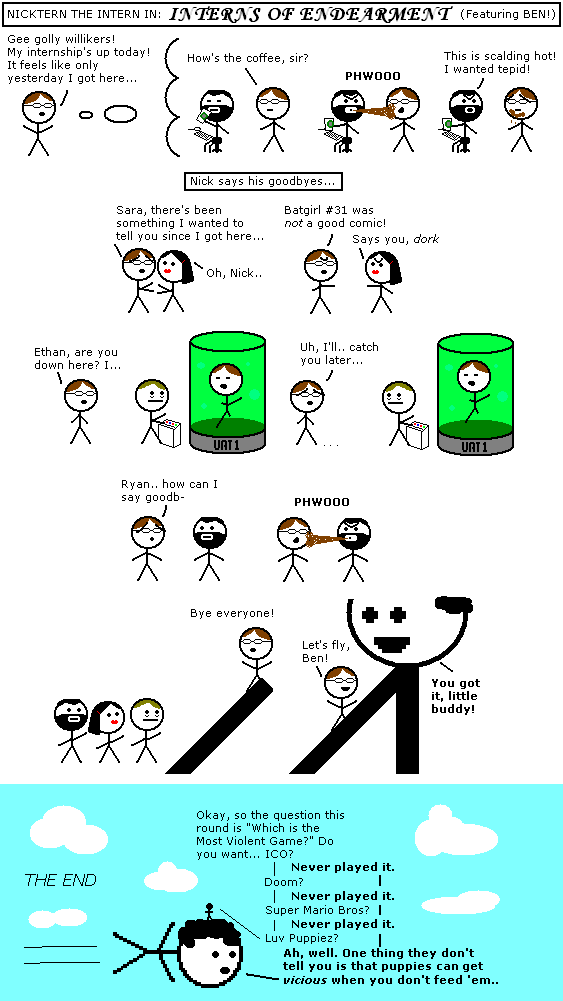

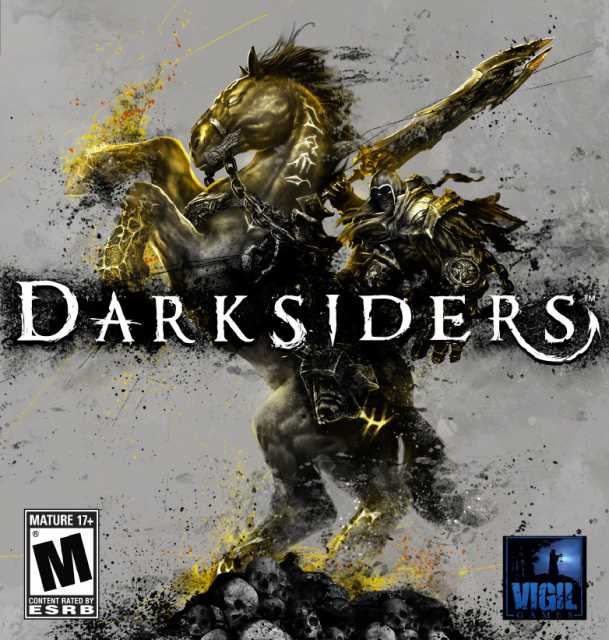
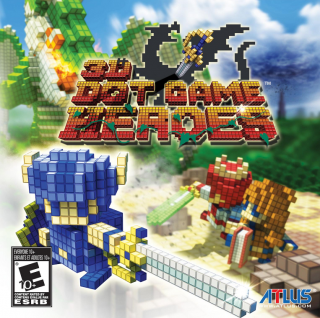
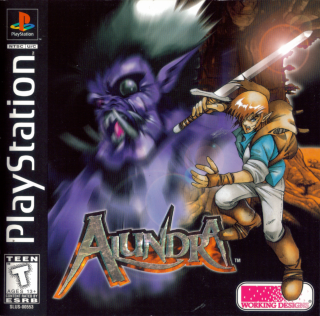


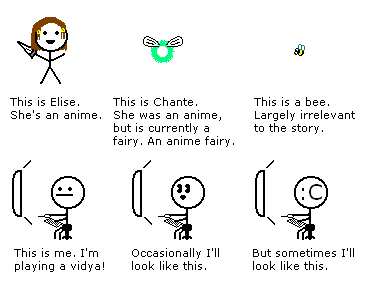







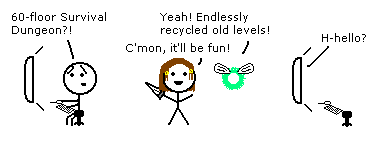

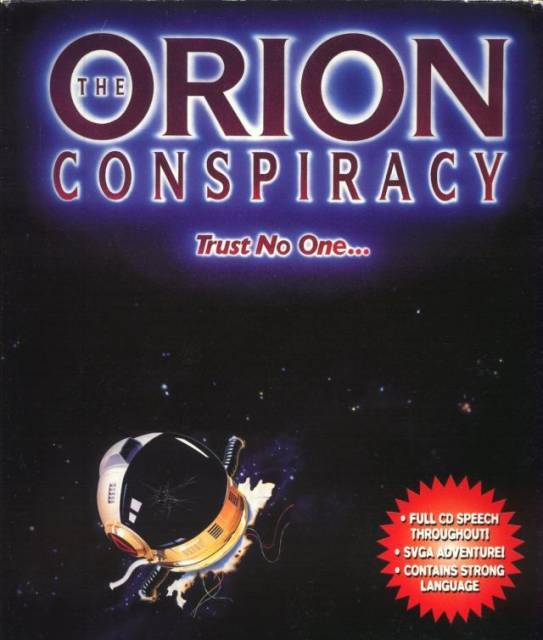
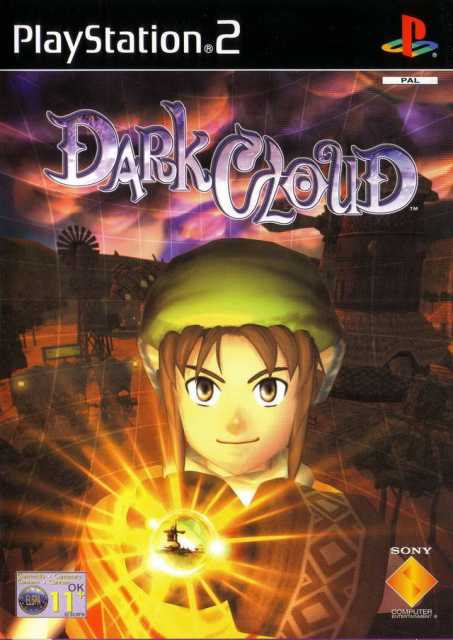
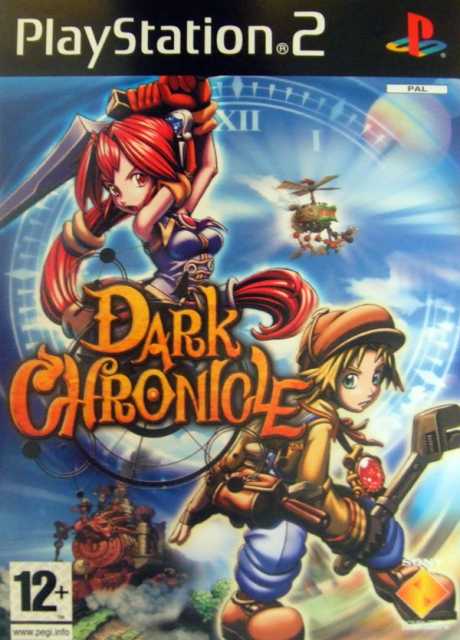
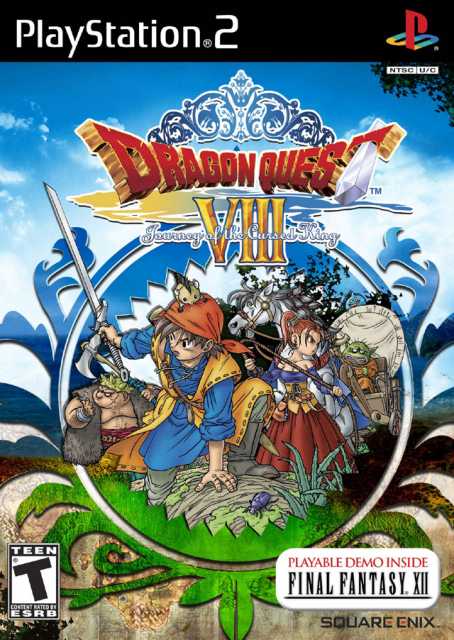
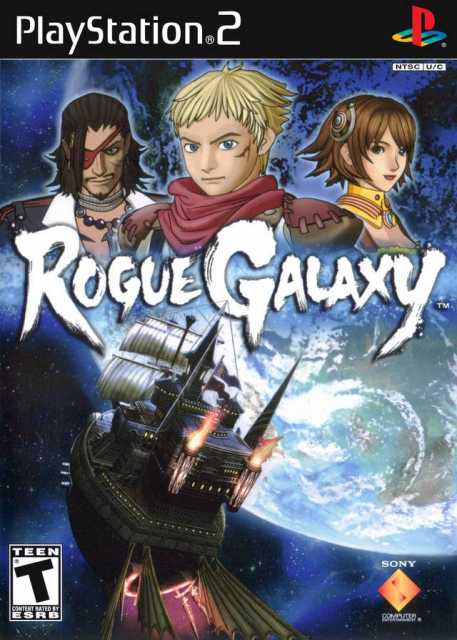
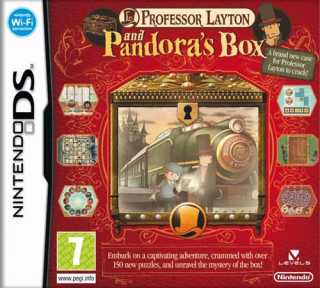
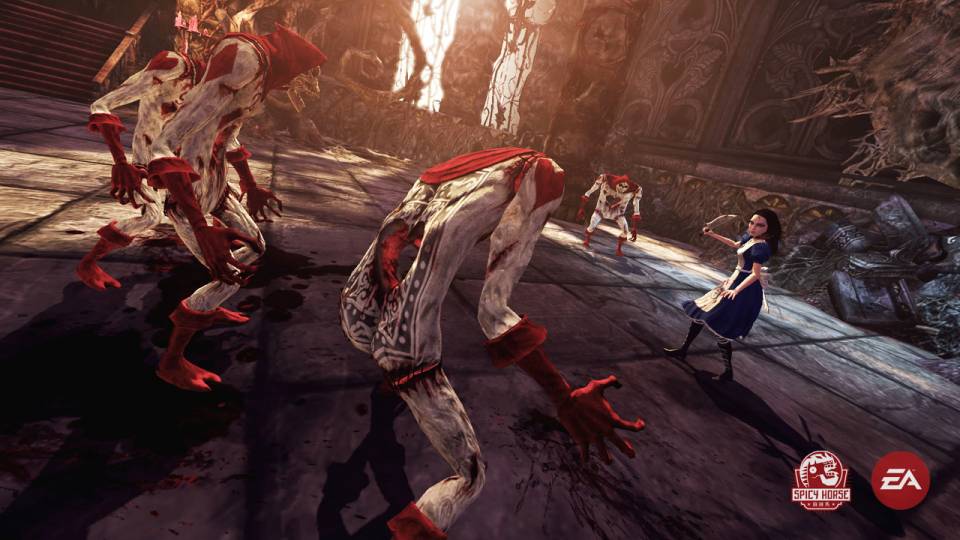
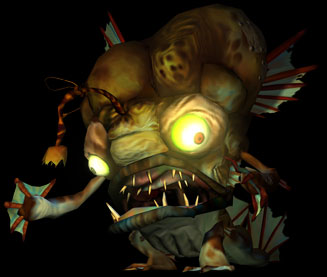
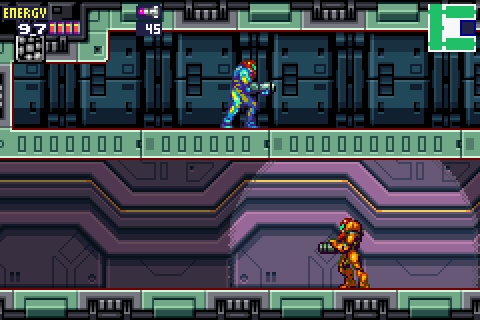
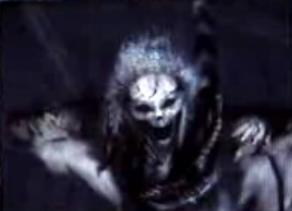
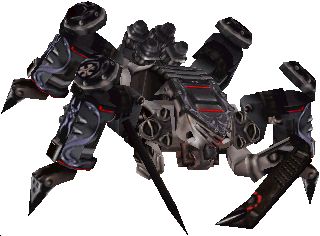
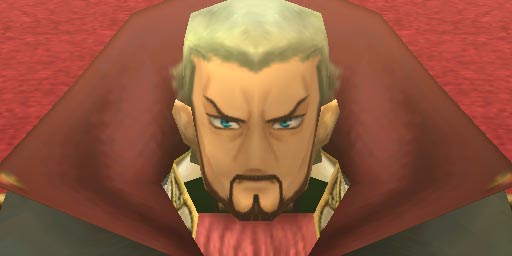
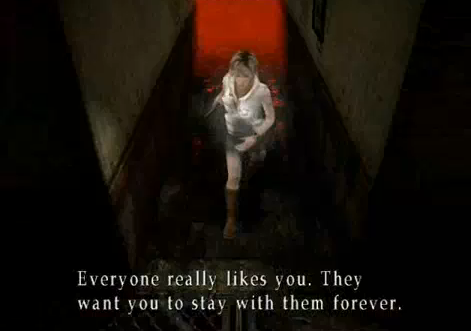
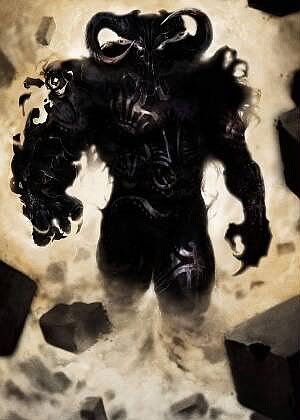

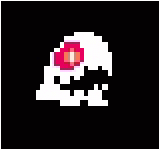
Log in to comment